Introduction: A Satisfying Crunch in Every Bite
Few Japanese dishes are as immediately comforting as a plate of tonkatsu (とんかつ) a breaded, deep-fried pork cutlet served with shredded cabbage, tangy sauce, and steaming white rice. The crisp outer layer of airy panko breadcrumbs, paired with the juicy tenderness of the pork, makes tonkatsu one of Japan’s most beloved meals. Whether enjoyed in a bustling Tokyo eatery, at a homestyle restaurant in the countryside, or recreated in your own kitchen, tonkatsu is considered by many a true Japanese comfort food.
Enjoy your tonkatsu in one of our beautiful handcrafted Japanese rice bowls!

Definition and Background: From Meiji-Era Western Influence
Tonkatsu belongs to the category of yōshoku (洋食, Western-style Japanese dishes), which arose during the Meiji era (1868–1912) as Japan embraced select Western cooking styles. Inspired by European breaded cutlets like schnitzel, Japanese cooks adapted the recipe by switching to pork and crisping it with panko breadcrumbs for a lighter, crunchier texture. Over time, tonkatsu grew into a national staple, served everywhere from family kitchens to specialty restaurants and even convenience stores.
Today, tonkatsu is not just a Western import, it is deeply woven into Japanese food culture as a symbol of comfort, celebration, and craftsmanship.
Tonkatsu vs. Tonkotsu: Clearing Up the Confusion
Is tonkatsu the same as tonkotsu? No, tonkatsu is a breaded, fried pork cutlet, while tonkotsu refers to a rich, creamy pork bone broth used in ramen. The similar names often cause confusion, but the dishes are entirely different.
Ingredients and Substitutions: Building the Perfect Bite
- Pork cutlets: Choose between rosu (ロース, pork loin) for a juicy bite with a layer of fat, or hire (ヒレ, tenderloin) for a leaner, tender result. Cutlets are typically ½ to ¾ inch thick, thick enough for juiciness, but not so thick that the breading burns before the pork cooks through.
- Seasoning and coating: Lightly dust with all-purpose flour, dip in beaten egg, and coat generously with large-flake panko breadcrumbs. Fresh nama panko is prized for lightness and crunch, if unavailable, dried panko can be lightly misted with water to mimic the effect.
- Neutral oil: Traditionally soybean or canola, heated for deep-frying.
Pro tip: For best results, pat the pork dry and cut small slits in the connective tissue to prevent curling during frying.
Substitutions and Variations
Try chicken (chikinkatsu), beef (gyūkatsu), or even tofu and vegetables for a vegetarian twist. Gluten-free panko is also available. For sandwiches, shokupan (Japanese milk bread) is the bread of choice.

Preparation and Cooking Methods: The Art of Crispiness
Breading Station
Prepare three shallow trays, one each for flour, beaten egg, and panko. Dredge the pork in flour (shake off excess), dip in egg, then coat thoroughly with panko, pressing gently to adhere.
Oil Temperature
Heat oil to 170–180°C (340–355°F). Too cool, and the breading absorbs oil; too hot, and it burns before the pork cooks through.
Deep-Frying
Fry cutlets in enough oil to submerge them, one or two at a time. Don’t overcrowd the pan, as this drops the oil temperature and leads to soggy breading.
Double-Fry Method
For an extra-light, shatteringly crisp crust, fry the cutlet once, let it rest on a rack for a few minutes, then fry again briefly at a slightly higher temperature.
Resting
Always let fried cutlets rest on a wire rack instead of paper towels to keep the crust crisp.
Troubleshooting Tips
- If the breading falls off, ensure each layer is even and the cutlet isn’t too wet.
- Use a thermometer to avoid overcooking, which makes pork tough.
- Clean out stray panko between batches to keep oil fresh.
Classic Tonkatsu Recipe Outline
- Prepare the pork: Trim excess fat, cut slits in connective tissue, and gently pound to even thickness.
- Season: Lightly salt and pepper both sides.
-
Breading:
- Dredge in flour; shake off excess.
- Dip in beaten egg.
- Coat thoroughly with panko.
- Fry: Heat oil to 170°C (340°F). Fry each cutlet 4–5 minutes per side until golden brown and cooked through (internal temp ~145°F).
- Rest: Drain on a wire rack for a few minutes.
- Slice: Cut into strips and serve immediately.

Recipe Variations and Modern Twists
- Katsu curry: Tonkatsu served over rice with rich Japanese curry.
- Katsudon: Sliced tonkatsu simmered with egg and onions over rice.
- Katsu sando: Thick-cut pork cutlet sandwiched between slices of pillowy shokupan.
- Menchikatsu: Breaded, fried ground meat patties.
- Hamukatsu: Nostalgic fried ham slices.
- Cheese katsu: Pork wrapped around gooey, melted cheese.
- Baked or air-fried versions: For a lighter option with less oil.
- International: Korean donkatsu variations (often with cheese or different sauces).
Where to Eat Tonkatsu in Japan
- Tonkatsu-ya: Specialty restaurants dedicated to perfecting the dish.
- Shokudō & teishoku-ya: Family diners and set meal restaurants.
- Convenience stores & supermarkets: Ready-made tonkatsu bento, katsudon, and katsu sando.
- Home cooking: A common dish in households, especially for celebrations or comfort.
Serving Suggestions and Accompaniments
A typical tonkatsu set meal (teishoku) is a study in balance and presentation:
- Steaming white rice
- A heap of finely shredded cabbage, often undressed or with a drizzle of Japanese sesame dressing or lemon. The cabbage refreshes the palate between bites.
- Miso soup or hearty tonjiru (pork miso soup)
- Japanese pickles (tsukemono) such as asazuke
- Small dish of karashi mustard or mayonnaise
- A generous drizzle of tonkatsu sauce
In some restaurants, diners grind roasted sesame seeds at the table and mix them with sauce for extra aroma and flavor.
Presentation tip: Slice the cutlet into strips before serving for easy eating with chopsticks and to showcase the juicy interior and crispy crust. Serving on authentic Japanese handcrafted plates and bowls adds warmth and a sense of occasion to the meal.

Tonkatsu Sauce and Flavor Pairings
The essential finishing touch is tonkatsu sauce, a thick, sweet-savory condiment with notes of fruit and spice. Popular brands like Bulldog or Otafuku are widely used, but homemade blends (Worcestershire, ketchup, soy sauce, and sometimes oyster sauce and sugar) are equally delicious. Tonkatsu sauce pairs perfectly with the crunchy pork and crisp cabbage, bringing the whole dish together.
Nutritional Information
Tonkatsu is indulgent, but can be part of a balanced meal:
- Calories & macronutrients: High in protein, moderate in carbohydrates (from panko), and notable fat content due to frying.
- Minerals: Contains iron, potassium, and calcium.
- Fats: Frying increases saturated fat, but using quality oil adds some monounsaturated and polyunsaturated fats.
Pairing with cabbage, pickles, and miso soup helps balance the richness with freshness and fiber.
Frequently Asked Questions and Tips
- How do I keep the coating crispy?
- Use fresh or rehydrated panko, maintain proper oil temperature, and rest the cutlet on a wire rack.
- Can I reuse frying oil?
- Yes, if strained and stored properly. Replace after a few uses for best flavor and safety.
- What if I don’t eat pork?
- Try chicken (chikinkatsu), beef (gyūkatsu), or tofu cutlets.
- Can I make tonkatsu in an air fryer or oven?
- Yes, bake or air-fry breaded cutlets for a lighter (though slightly different) texture.
- What’s the difference between hire and rosu katsu?
- Hire is tenderloin, lean and tender; rosu is pork loin, juicier with a layer of fat.
- Any tips for first-timers?
- Slice pork evenly, pat dry before breading, don’t overcrowd the pan, and use a thermometer to avoid overcooking.

Storage and Reheating Tips
- Store leftover tonkatsu in an airtight container in the fridge for up to 3–4 days, or freeze for longer.
- Reheat in the oven or toaster oven at 350°F (180°C) on a rack over a baking sheet for 10–15 minutes until hot and crisp.
- Avoid microwaving, which softens the crust.
- If reheating from frozen, wrap in aluminum foil and bake until heated through.


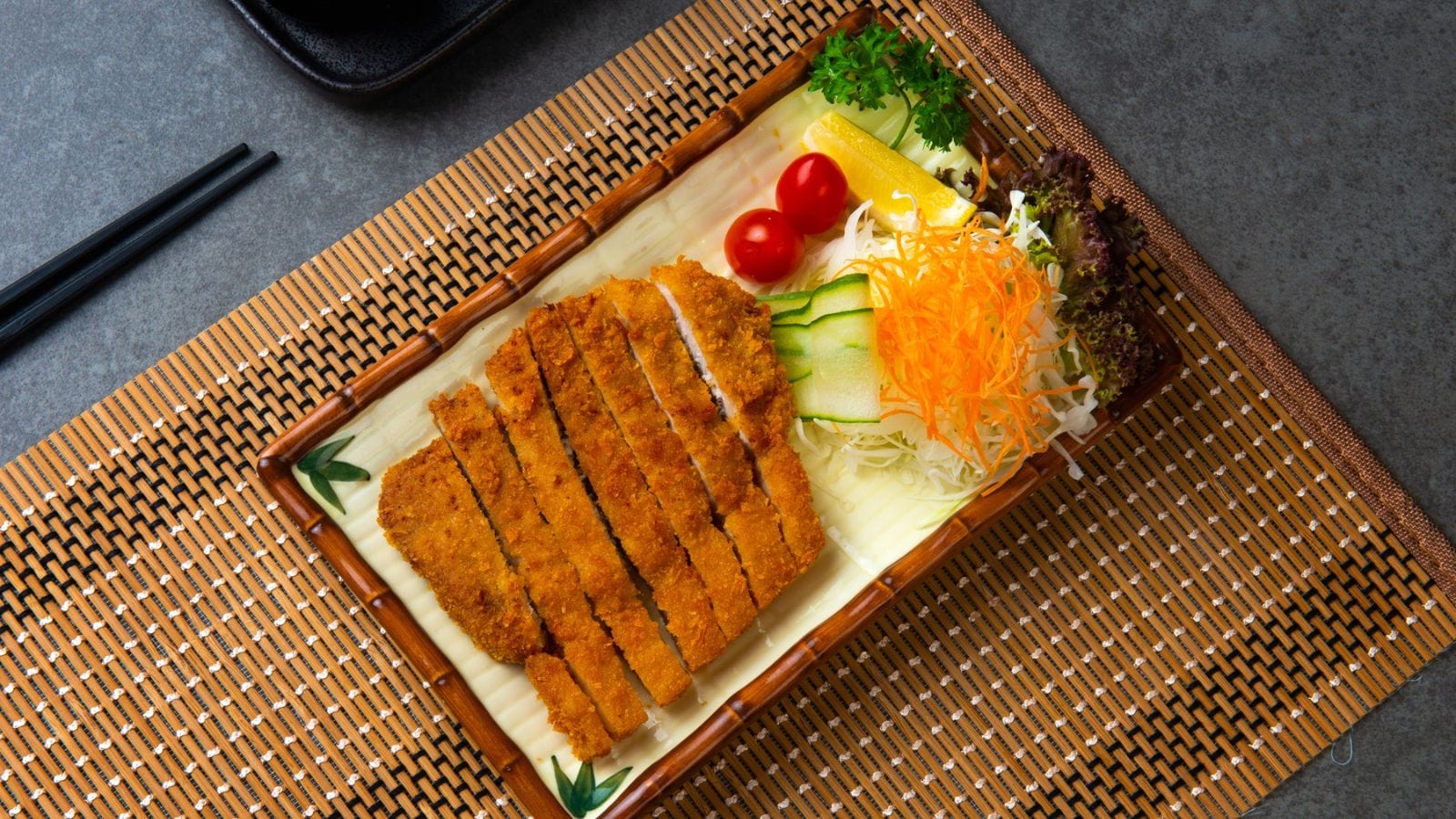
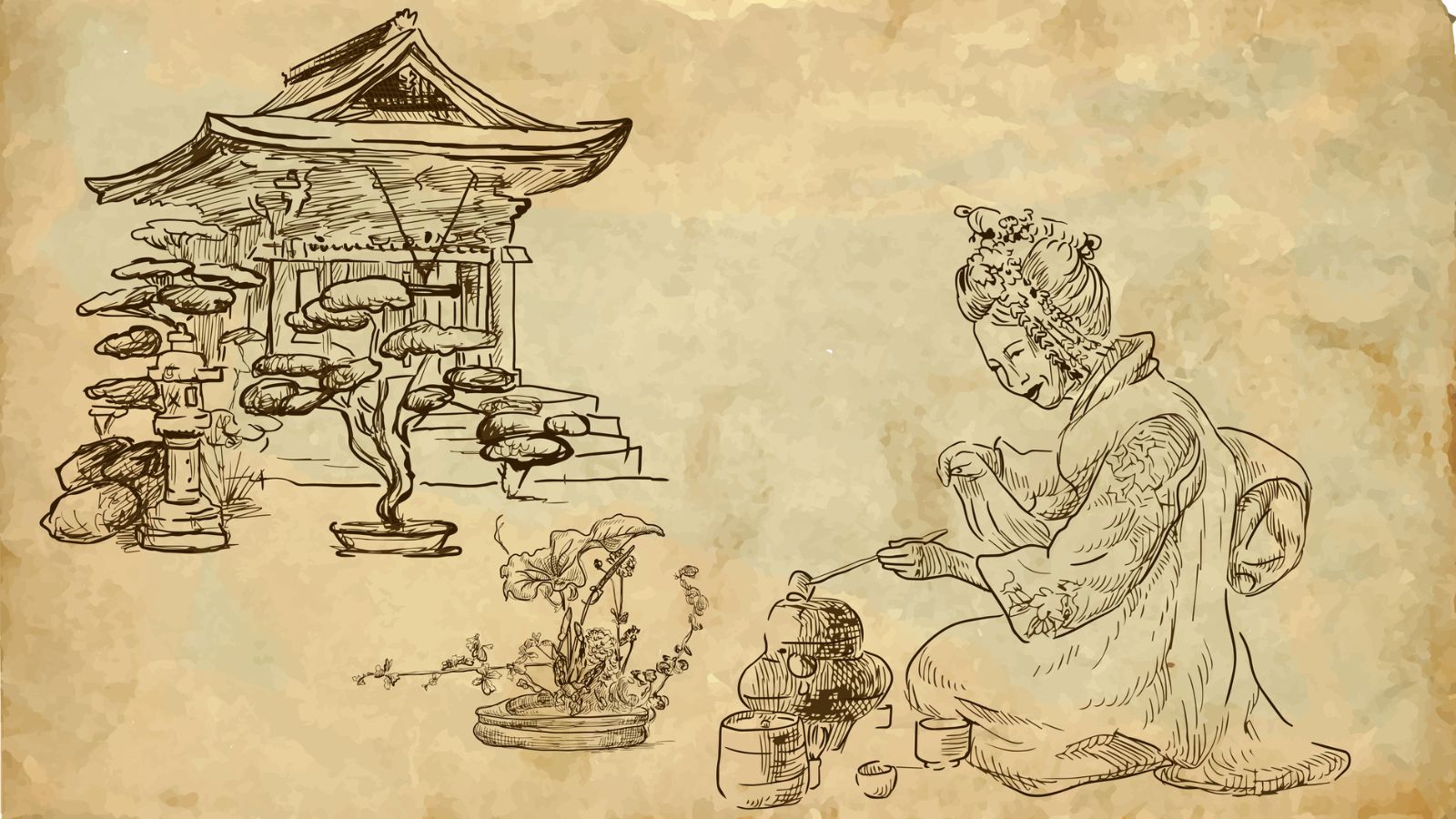



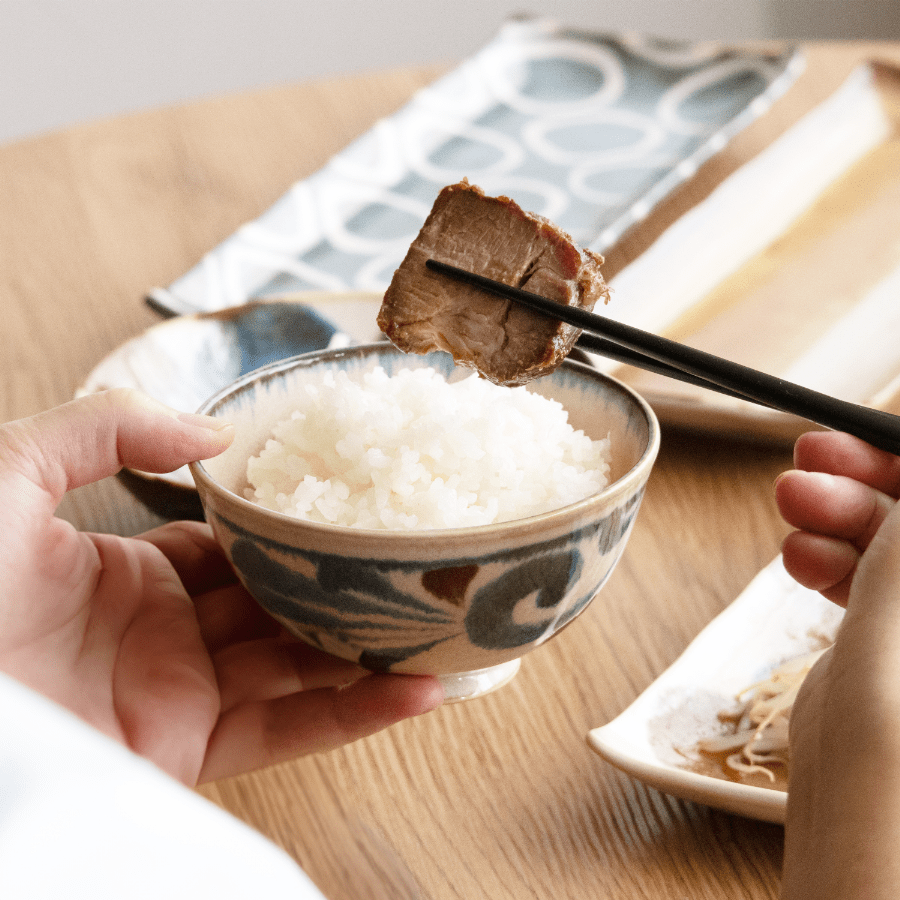
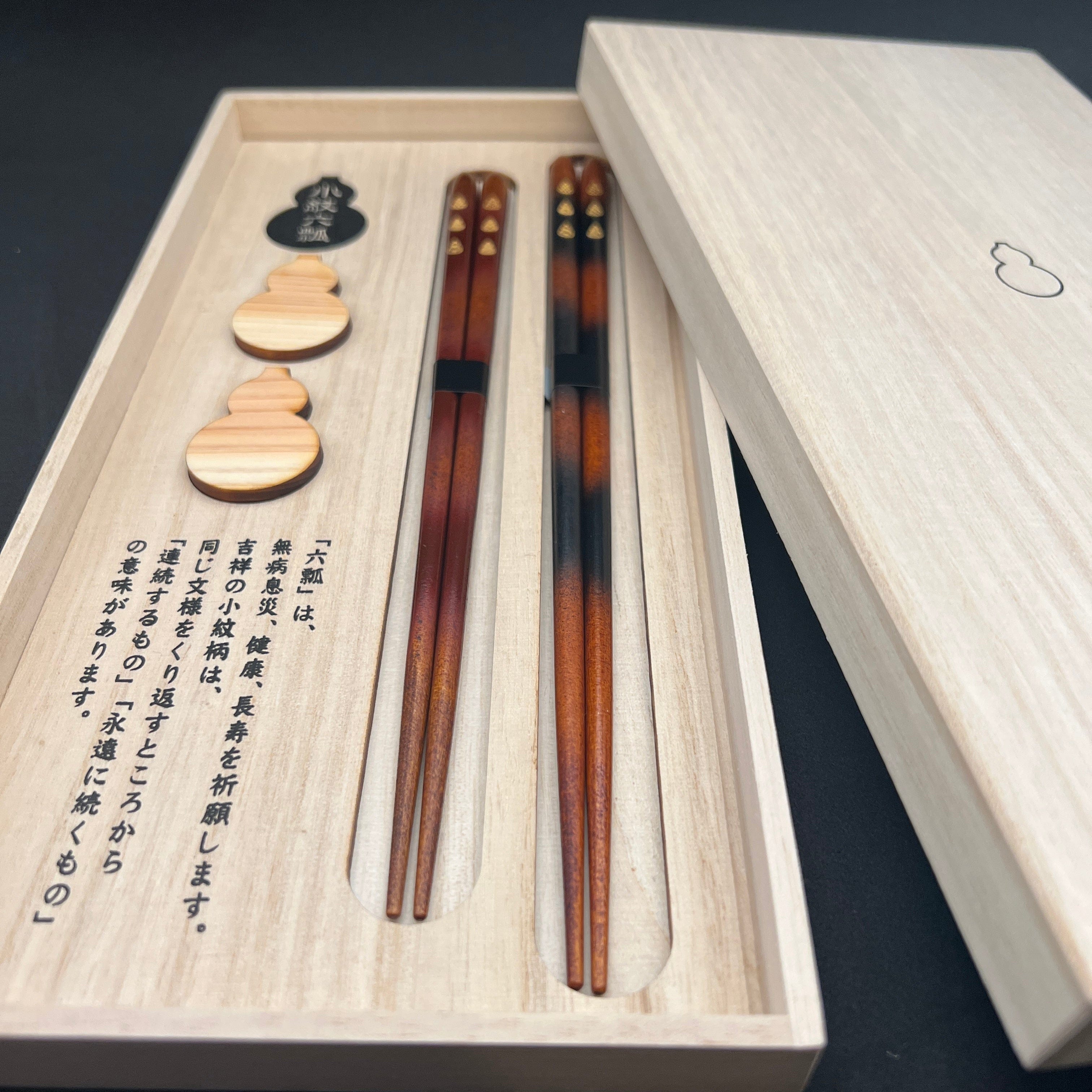

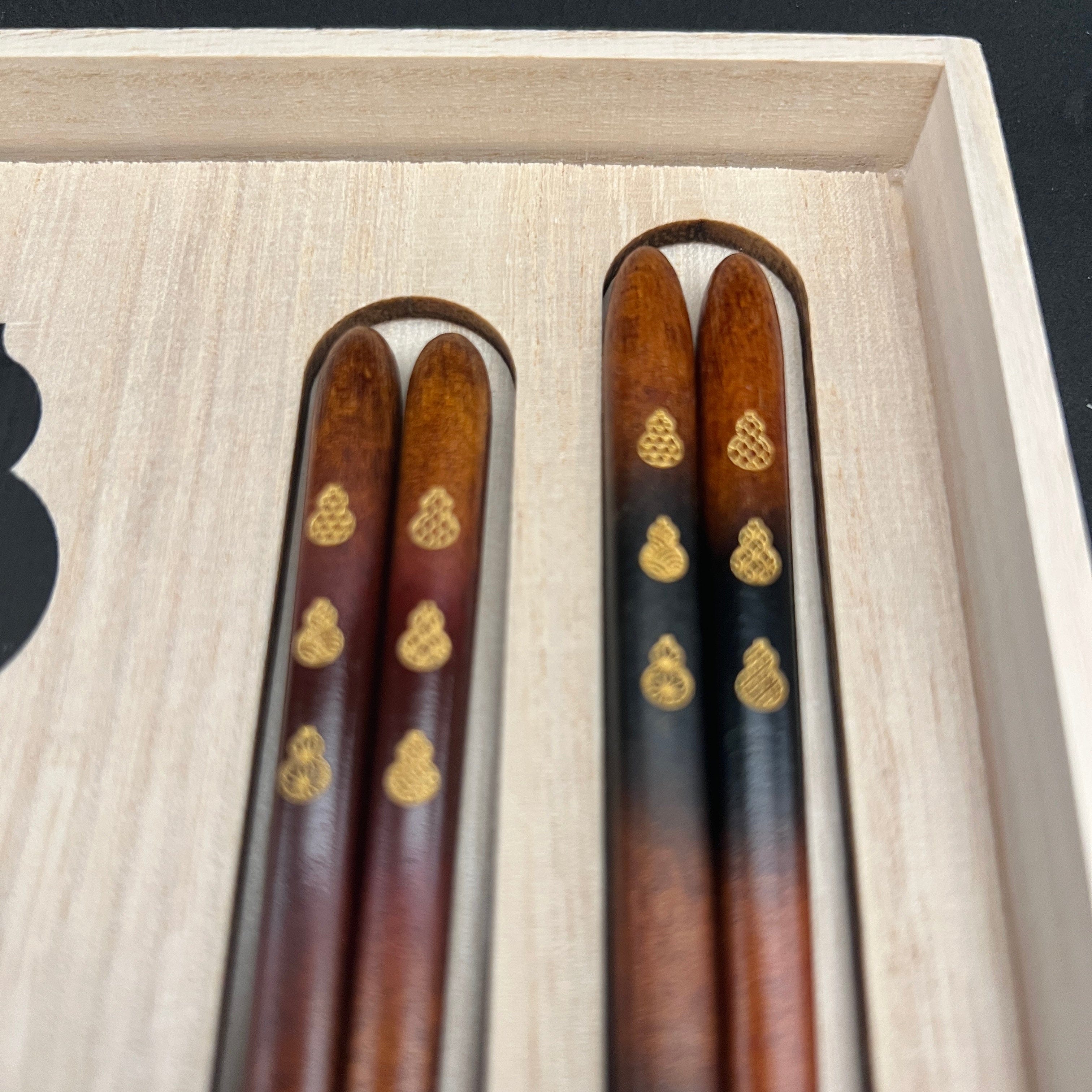
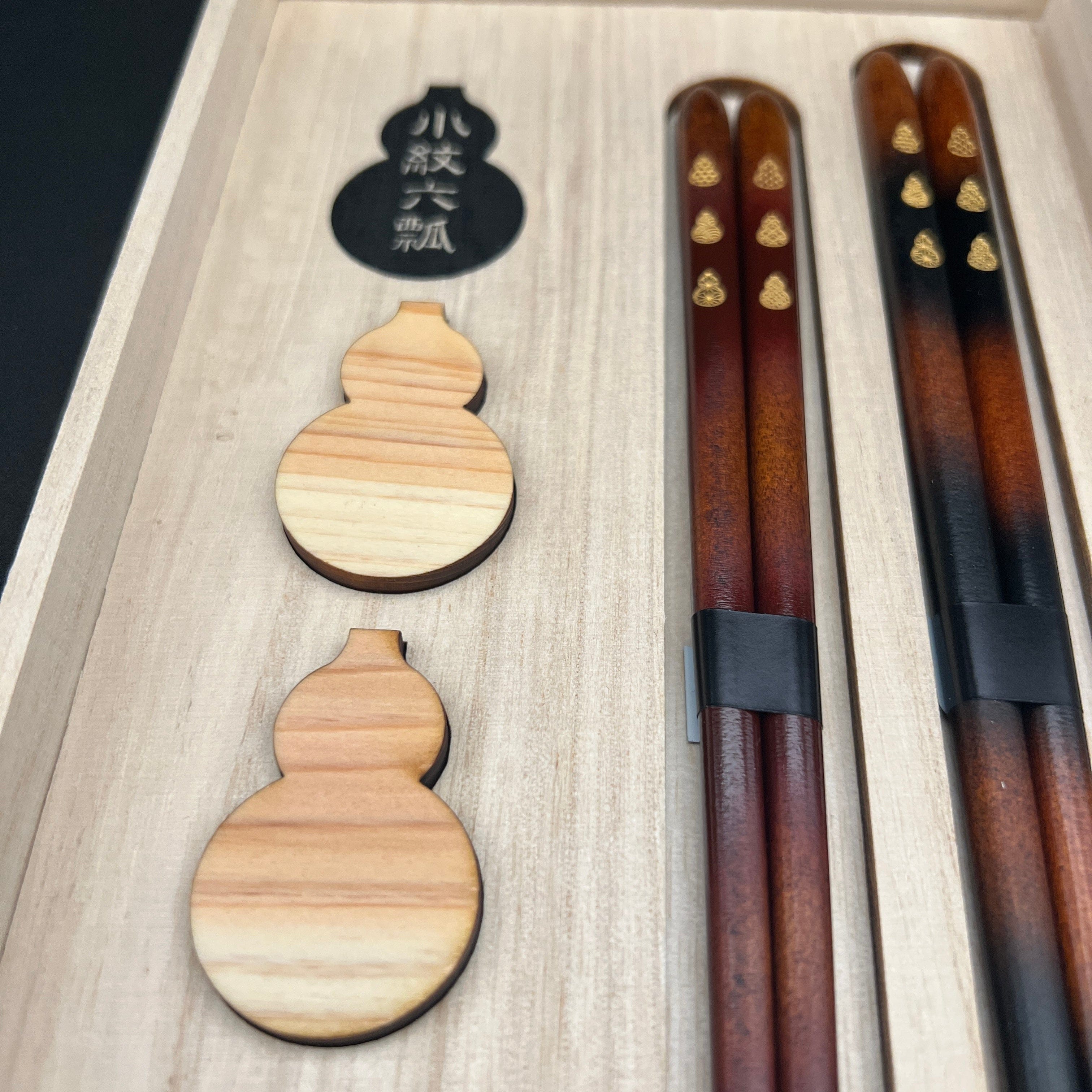

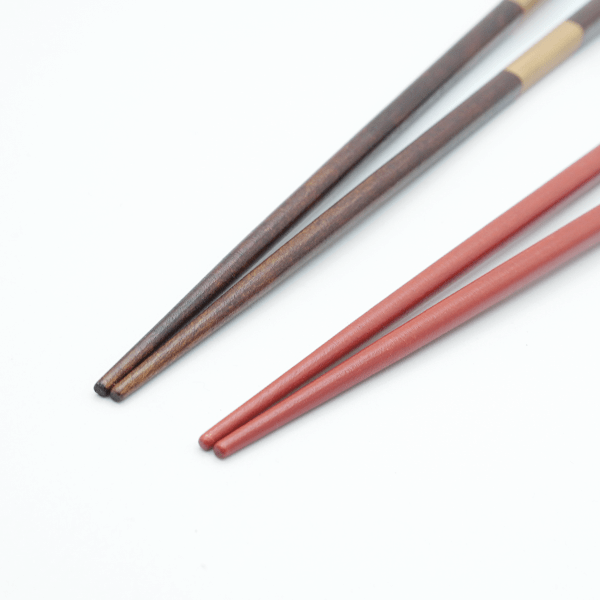
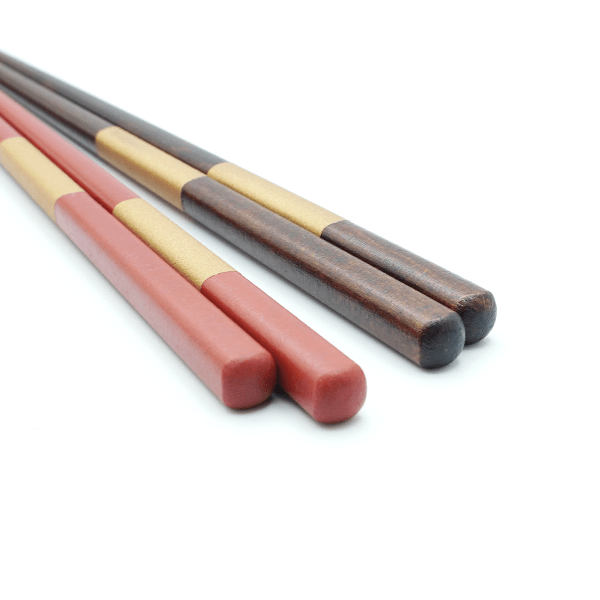

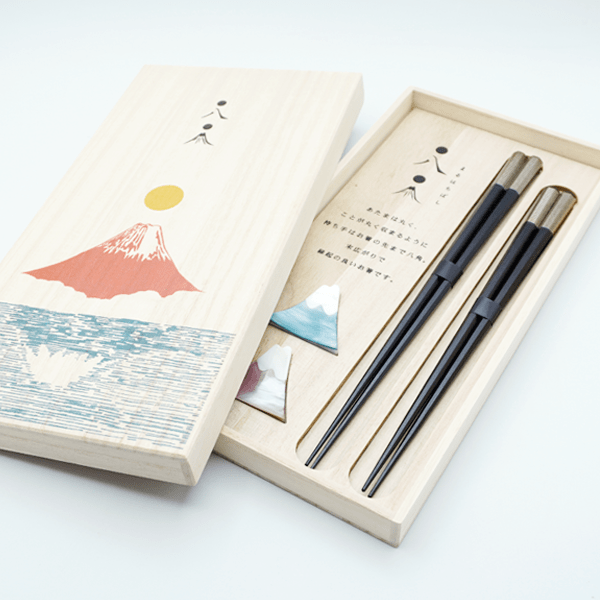
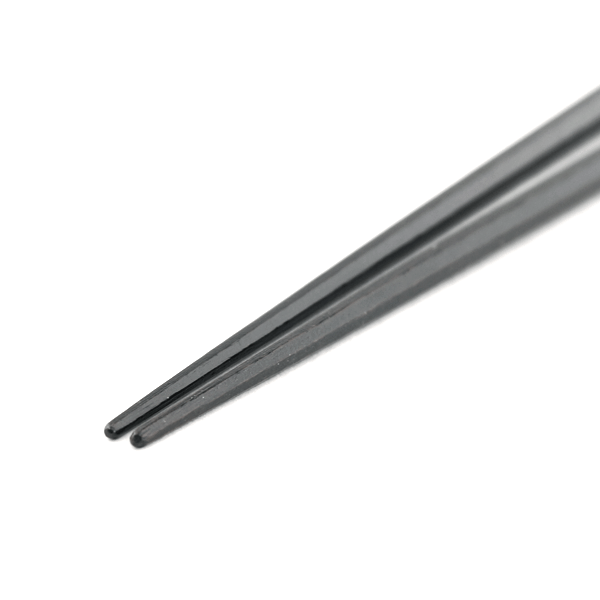
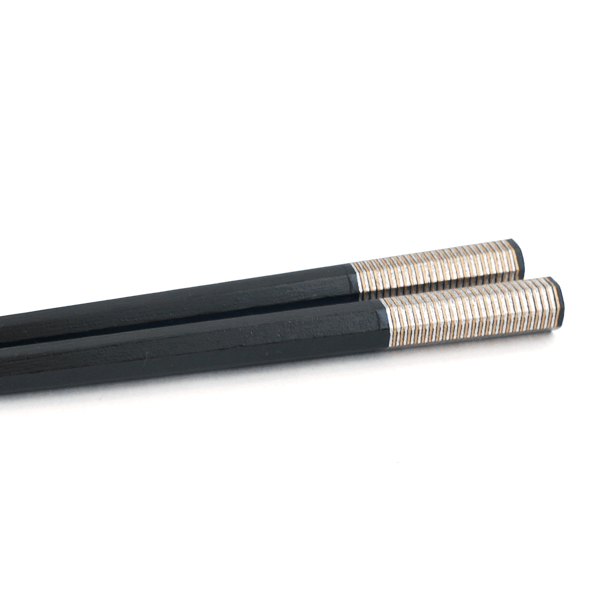
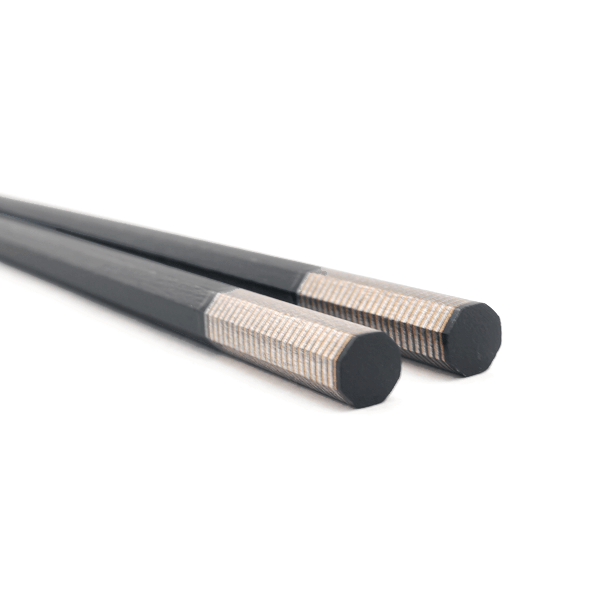
Share: